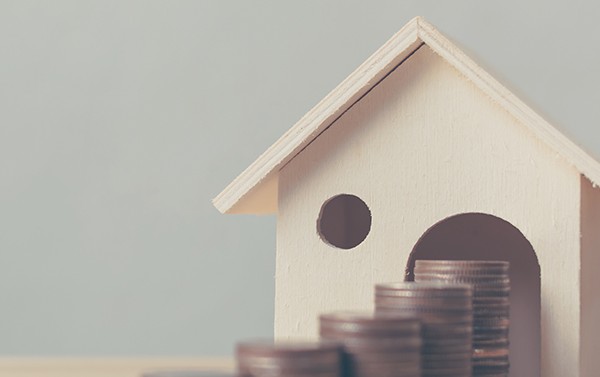Four things you need to know before you start a self-build
Building your own home is an exciting, demanding and challenging task. There are designs to develop, permits to obtain and materials to source.
When you hire a contractor, you are paying for their knowledge and experience. They can take care of all the planning and logistics. Self-building means you are the captain of your own destiny, where you will soon master unfamiliar territory more easily than you thought possible.
Prior to getting started, most self-builders find it helpful to consider four points that will help them to keep focused and organised: plot selection, project financing, project management and selecting the architect.
1. Finding a plot
Your plot is the first consideration. A first-time self-builder should familiarise themselves with the common plot types:
Greenfield plots
This is land untouched by development. Many large-scale developers prefer greenfield land because it is much easier to simply construct new builds than to demolish old ones prior to starting their project.
Brownfield plots
This type of plot is anything that contains development. The stage of development can be anything from an old shed to retired industrial works.
Infill and garden plots
Building on an infill plot depends on its location and the policies that apply there. You would need to investigate this on the council’s local development framework. An infill house must fit in with the style of its neighbours to a reasonable degree. Garden plots are an easier choice – there is free land ready and waiting. However, there is plenty to consider. For example: how will you access the site during and after the build?
Find out more about how to find your perfect self-build plot here.
Take a look at our blog on 7 tips to find the perfect self-build plot for more information here.

2. Financing your project
How do you fund your project? You may have savings or funds from the sale of your previous home. However, if this doesn’t apply you could take out a loan or a self-build mortgage to finance your project. To get the best financing deal you must spend a good deal of time planning ahead. This means due diligence when it comes to area regulations, home design plan development, excavation services, electrical, water and sewer services and material requirements. Don’t forget to assess material requirements and your own ability to perform aspects of the build. All these factors are critical to the success of your project.
Find out more about financing your self-build home here.
Find out more about taking out a self-build mortgage here.

3. Project management
A self-builder quickly learns to become a jack-of-all-trades and coordinating the project is imperative in controlling costs and unexpected surprises. Your project management responsibilities will include plot selection, overseeing an architect and deciding on the materials to be used. Your architect, alongside your building suppliers, can help source the best materials for your home and organise delivery logistics.
Learn more about what is involved in project management of a self-build here.
4. Selecting an architect
An architect will design and supervise the construction of your project. They will have thorough knowledge of the best and most suitable materials on the market. Many eco-friendly solutions can help to reduce energy use and encourage biodiversity, for example. Your architect should be able to offer a selection of products that will ensure your home remains functional, safe and aesthetically pleasing for years to come. And what’s more, they can help ensure your home project is sourced to provide minimal impact to the environment while choosing some of the highest quality materials available.
Find out more about working with an architect here.

Obtaining Outline Planning Permission
There are several factors to bear in mind when it comes to planning permission.

Techniques for Budget Management
When managing a self-build budget, it’s important to keep a tight focus on all factors at every stage to ensure success.
